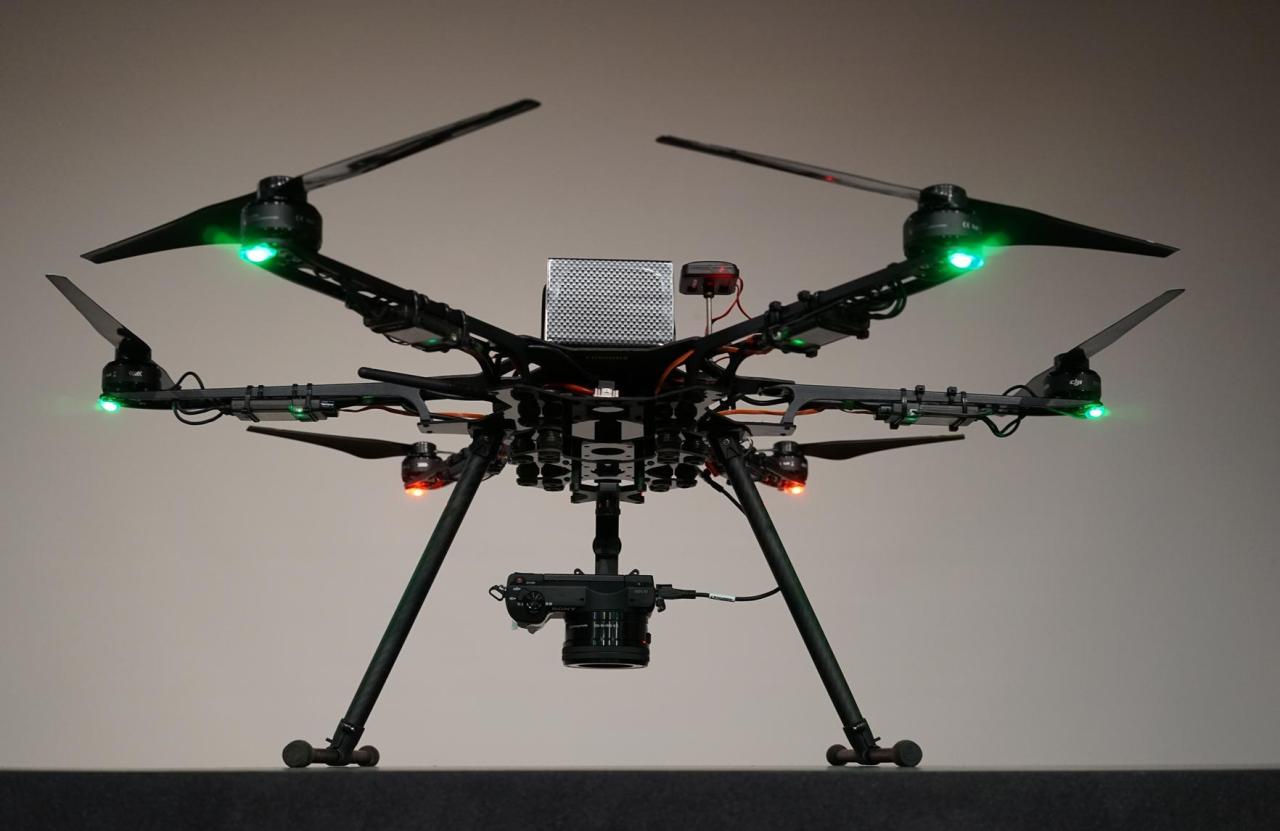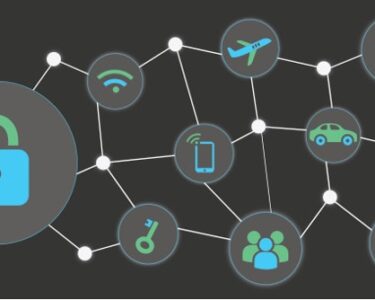
Latest Drone Technology: Transforming Industries and Redefining Possibilities
Introduction
Drones, unmanned aerial vehicles, have revolutionized various industries and applications. From aerial photography to package delivery, drones have become indispensable tools. With rapid technological advancements, the latest drone technology continues to push the boundaries of what is possible.
Autonomous Flight and Obstacle Avoidance
One of the significant developments in drone technology is autonomous flight and obstacle avoidance. Advanced sensors and algorithms enable drones to navigate complex environments, detect and avoid obstacles, and make quick decisions in real-time. This feature significantly enhances safety and reduces the need for human intervention.
High-Resolution Imaging and Thermal Sensors
Modern drones are equipped with high-resolution cameras and thermal sensors. These advanced imaging capabilities allow for stunning aerial photography, detailed mapping, and temperature detection. Industries such as agriculture, construction, and search and rescue benefit from these capabilities.
Extended Flight Time and Range
The latest drone technology has extended flight times and ranges. Improved battery technology and efficient propulsion systems enable drones to fly for longer durations and cover greater distances. This enhances their utility for applications such as aerial surveys, delivery services, and emergency response.
AI Integration and Cloud Connectivity
Artificial intelligence (AI) and cloud connectivity have transformed the drone industry. AI-powered drones can analyze data in real-time, identify patterns, and make intelligent decisions. Cloud connectivity allows for remote monitoring, data storage, and analysis, further enhancing drone capabilities.
Commercial and Industrial Applications
The latest drone technology has a wide range of commercial and industrial applications:
- Agriculture: Precision farming, crop monitoring, and spraying
- Construction: Site inspections, surveying, and materials delivery
- Inspection and Monitoring: Infrastructure inspection, pipeline monitoring, and power line maintenance
- Delivery and Logistics: Package delivery, cargo transportation, and last-mile distribution
- Search and Rescue: Disaster relief, missing person searches, and emergency response
Consumer Drone Innovations
Consumer drones have also witnessed significant advancements:
- Ruggedness and Durability: Drones are now built to withstand harsh conditions and withstand minor crashes.
- Portability and User-Friendliness: Compact and lightweight drones make them easy to transport and operate.
- Advanced Features: Consumer drones offer features such as object tracking, slow motion recording, and 360-degree panorama modes.
- Mobile App Control: Smartphones and tablets provide intuitive control and access to advanced settings.
Regulatory Landscape
As drone technology evolves, so does the regulatory landscape. Governments worldwide are implementing rules and regulations to ensure safe and responsible use of drones. These regulations cover aspects such as airspace management, privacy concerns, and security protocols.
Future Outlook
The future of drone technology holds exciting possibilities. Advancements in materials science, propulsion systems, and AI will continue to push the boundaries of drone capabilities. Autonomous swarms, advanced sensing, and integrated communication systems will redefine the way we use drones across various sectors.
Conclusion
The latest drone technology continues to revolutionize industries and redefine possibilities. From autonomous flight to advanced imaging and AI integration, drones are becoming indispensable tools for a wide range of applications. As technology continues to evolve, we can expect even more groundbreaking innovations in the years to come, further expanding the potential of drones and transforming the way we live and work.


